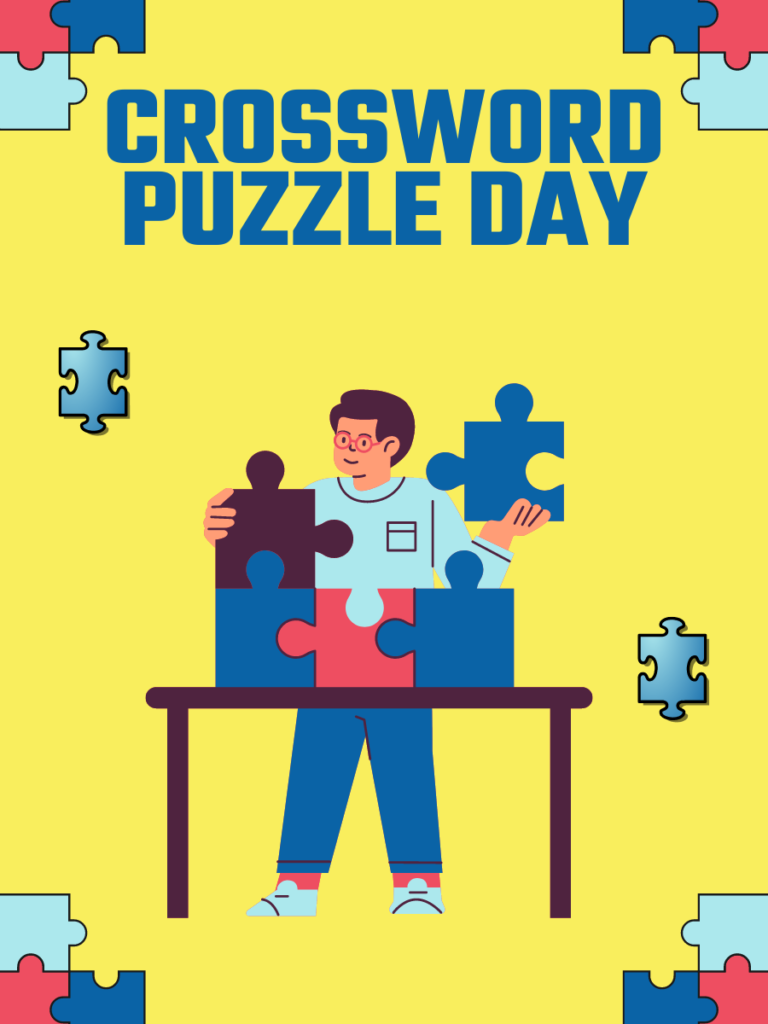Decoding the Magic: 5 Ways Goads On NYT Hold the Key to Media Influence

In the age of digital media, it is vital to understand the processes behind public opinion formation. Whether they are traditional newspapers or modern digital platforms, the influence of media on societal perceptions cannot be undermined. Among the strategies media entities utilize to reach out to their audiences, the New York Times Goads on NYT emerges as an especially powerful tool for showing the mystery of media influences. These interactive elements act as a direct communication channel that is responsible for generating engagement among the readers and NYT content.
Distinguishing from passive ways of news consumption, Goads on NYT brings to the surface the community and collaborative spirit. This is what makes them unique in the media, which greatly depends on the power of these media to affect public opinion and dominate discussions.
Decoding the Riddle of Goads on NYT
Spikes are the brief comments popping up a few lines from the end of Goads on NYT stories and allowing readers to quickly answer and discuss the subject. Stemming, launched in 2018, focuses on engaging the audience and building a community around Times News inclusion.
As a reader, you will be able to view all of the spikes in an article through a switcher on the lower part of the page. The Times selects the most brilliant judges and commissions them to hold their seats at the helm. Readers then can choose which urges are, in their opinion, generally meaningful, with the most liked ones climbing to the top.
To submit your spike, you should only choose the ‘Add a Push’ option close to the end of the essay. You will be requested to comment in 140 characters. Spikes must carefully relate and develop thoughts that are raised in the article. Individual attacks, spam, and off-topic comments are not allowed.
The Times scrutinizes all urges before publishing them to guarantee their respect and relevance. Paths that don’t quench the thirst of their neighborhood will not show up on the site. It is believed that Nudges will turn into a place of online speaking and an interactive space for readers to debate the issues that matter to everyone.
The Goads on NYT program is inclusive and easy to participate in. Thus, the next time you finish a brilliant ‘Times’ critique of an issue, lend your opinion. You may even think of starting with a luring form of mechanical speech and progressing with bringing home the points that have the most impact.
5 Ways Goads On NYT Hold the Key to Media Influence
1. The Art of Engagement
The Goads on NYT transcend the habitual channels of reader engagement, presenting an arena of meaningful exchange and dialogue. In contrast to the passive news spectator, Goads invites readers to participate actively in discussions, thus creating a feeling of belonging and shared knowledge. Through promoting this kind of interaction, Goads encourages collective intelligence that is created through the acknowledgment and respect of diverse points of view. This two-way interaction goes beyond the traditional audience as passive recipients of information; in fact, they become active participants in the dialog.
Utilizing Goads, the readers become an integral part of the story, which becomes inclusive and diversified due to their contribution of ideas and opinions. In a nutshell, the reader is converted from being a news consumer to being a participant in an active and supportive community in which people interact, exchange, and share ideas.
2. Amplifying Voices
In an age where we are submerged in an unprecedented flood of information, the power to enlarge voices and inspire diversity of views is of paramount importance. The Goads on NYT contribute tremendously to the democratization of the media, as they offer a platform for a wide range of opinions to be expressed. Thus, they increase the variety of discussions and contradict the fixed narratives.
Through the utilization of a diverse group of contributors who have differing experiences, Goads on NYT creates inclusivity and strengthens marginalized voices. This decentralization of media, besides showing the dynamism of public discourse, becomes a cause for social transformation. The Goads on NYT, via the multiplication of divergent perspectives, opens up a way for a citizenry to have more information and engagement, thereby leading us to an egalitarian and democratic society.
3. Influence and Impact
While goads seem bland on the surface, they are an influential force in the media world. By deliberate selection and focusing on specific Goads, the New York Times (Goads on NYT) has tremendous power to decide which standpoints are illuminated and which remain in shadows. This purposeful magnification of particular viewpoints indeed carries a lot of power over public opinion and dialogue, which goes beyond the immediate reading circle.
The preferential amplification of particular voices can determine how social discourses are shaped, which can influence the direction of public conversation and the formation of collective meaning. Nonetheless, the seemingly benign behavior of Goads on NYT originates from their deep capability to manage the discourse and wield substantial power in the media realm.
4. Deciphering the Algorithm
However, the precise algorithms determining the selection and curation of Goads by the NYT are kept secret, but their role in reader engagement and in creating discussion is undeniable. Probing the fundamental principles that drive these algorithms will assist in analyzing the enigma of media influence.
5. The Power of Participation

Funny enough, the real power of NYT Goads is in the hands of its readers. Individuals within the Goad ecosystem may exercise such influence and pose doubt to established narratives, thereby shaping the media landscape in significant ways. Through participation, readers not only contribute to ongoing dialogues but also become agents of change, leading to public perception and discourse shifts.
Through their voices, marginalized groups become change agents with the power to elevate their perspectives and contest existing viewpoints. In this interactive framework, each comment, response, and contribution possesses the power to generate meaningful dialogues and influence the direction of media debate. As consumers of the Goads on NYT system, readers are not only passive consumers but agents of impact who can navigate through the challenges of the media space and make a positive difference.
Conclusion: Unlocking the Potential
The function of the Goads on NYT goes beyond that of an ordinary reader commentary site; they become a powerful tool that can unveil the mysterious power of media influence. Being actively involved in Goads on NYT empowers individuals to have a profound impact on public opinion, not only in refashioning dominant themes but also in shifting the narrative to be more inclusive and diverse.
The interaction with Goads enables the readers to become active participants who are in the process of change within the media landscape. Individuals, by voicing their views, disclosing insights and even engaging in discussion, become influential in society. They can redirect public opinion and weaken the authority of dominant narratives. In such a way, Goads becomes a catalyst for democratic discussion, making it possible for a plurality of voices to be heard and creating the impression of the strength of an informed public.
Also, the role of Goads is not limited to their short-term performance in terms of reader engagement; it is part of the wider evolution of media environments in the age of digital. In this age of extreme accessibility of information and the mushrooming of social media platforms, the role of Goads in media influence is of utmost importance for handling the intricacies of the current narrative. Through knowledge of the power structures underlying Goads, for example, the algorithms shaping their curation and the mechanisms that control and direct public discourse, readers would be empowered to have a more nuanced and detailed idea of media influence and its implications for democratic governance.
At the end of the day, the dialogic nature of Goads on NYT allows them to democratize the media discourse and to make people the agents of the process of defining the narratives that constitute our reality as a community. As the digital age presents us with the issues of fake news and polarization, recognizing the role of the media in this issue will help to create a citizenry that is more informed, engaged, and better prepared.
Through creating the Goads to criticize existing narratives, amplify the voice of the marginalized, and promote a participatory culture where everyone is heard, media and democracy can be impacted. In this way, Goads on NYT takes on the role of not only a forum for public commentary but also a powerful driving force of social change and social renewal.
